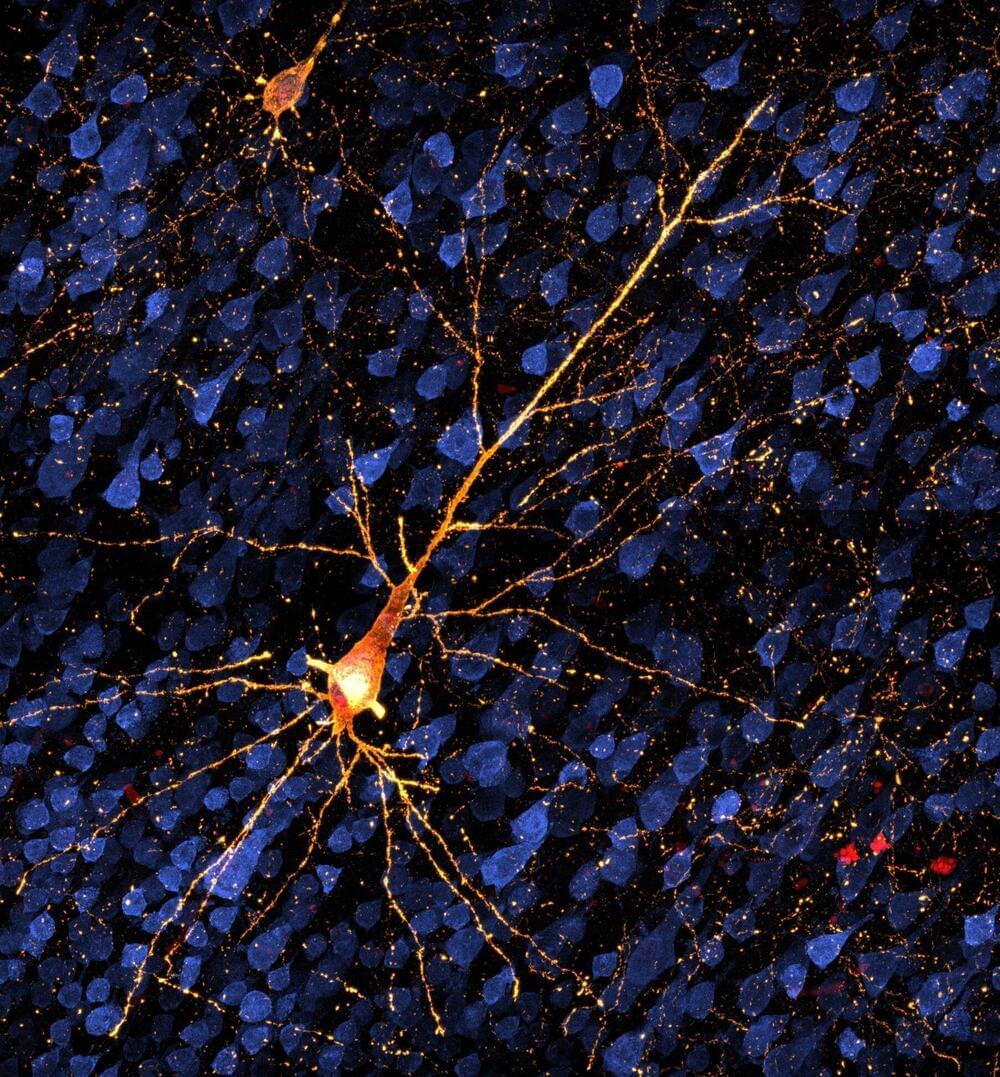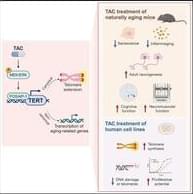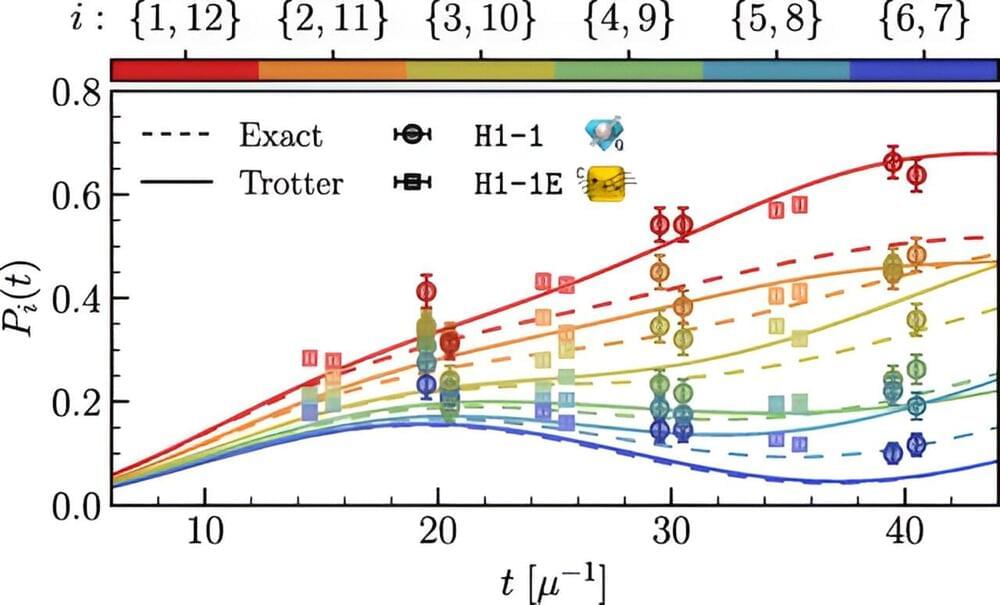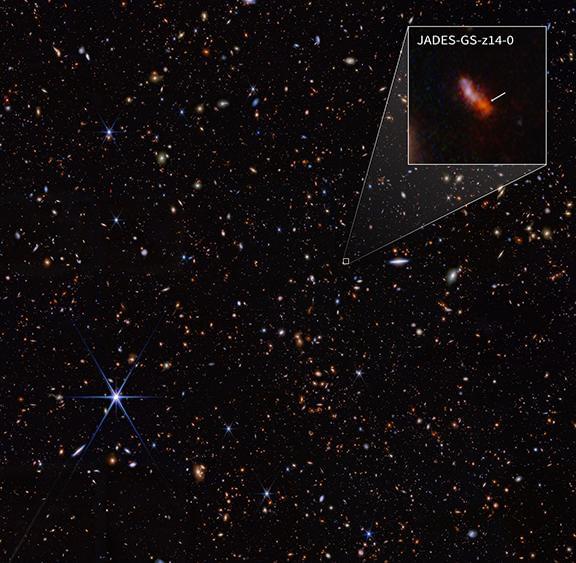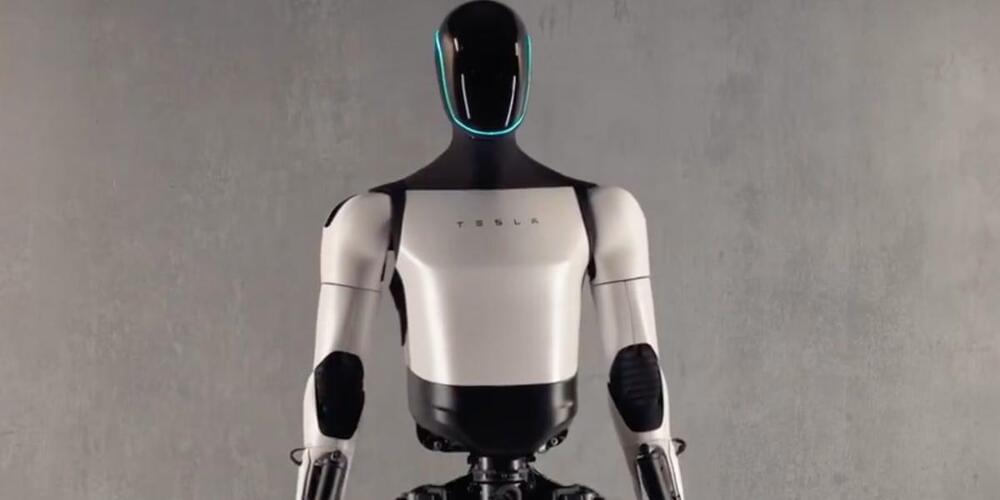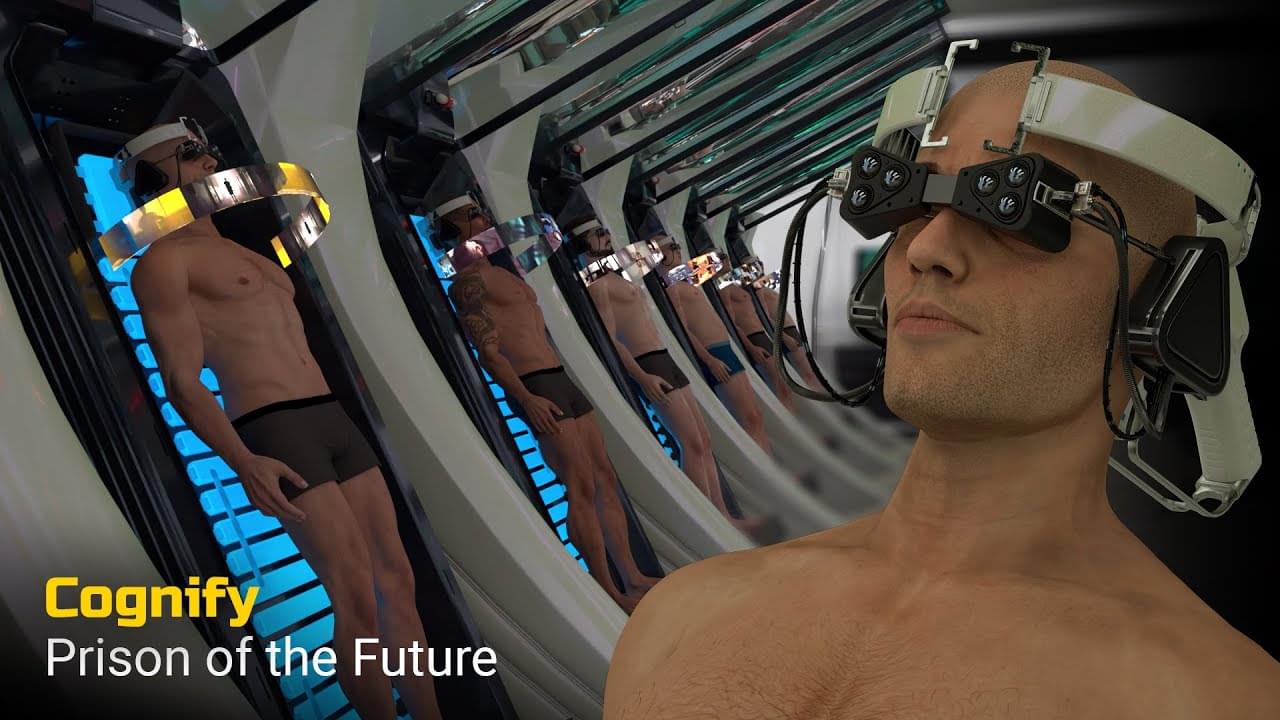Research in nonhuman primates is opening the possibility of testing treatments for the early stages of Alzheimer’s and similar diseases, before extensive brain cell death and dementia set in. A study published in Alzheimer’s & Dementia shows up to a six-month window in which disease progress could be tracked and treatments tested in rhesus macaques.
Building symmetry breaking into neural networks.
Discovering Symmetry Breaking in Physical Systems with Relaxed Group Convolution.
Rui Wang, Elyssa Hofgard, Han Gao, Robin Walters, Tess Smidt MIT June 2024 https://openreview.net/forum?id=59oXyDTLJv.
Modeling symmetry breaking is key…
Chinese scientists have engineered a solution by which they could bypass natural plant gene inheritance. They aim to deploy a CRISPR-based gene editing system to help the transmission of preferred genes even when they aren’t suitable for a plant.
The scientists devised a system that would use both a toxin and an antidote which would directly affect the male plant germline. Through this process, the researchers could overcome the natural Mendelian transmission rate. This can help increase the gene transmission rates up to 99% over two generations.
This study identifies a small molecule (TAC) that restores physiological levels of TERT throughout aged tissues, resulting in the rejuvenation of multiple tissues. Specifically, TAC administration in very aged mice alleviates multiple aging hallmarks such as cellular senescence and systemic inflammation, promotes new neuron formation with improved cognitive ability, enhances neuromuscular function, and is well tolerated with no evidence of toxicity.
“At this point, the neutrinos go from passive particles—almost bystanders—to major elements that help drive the collapse,” Savage said. “Supernovae are interesting for a variety of reasons, including as sites that produce heavy elements such as gold and iron. If we can better understand neutrinos and their role in the star’s collapse, then we can better determine and predict the rate of events such as a supernova.”
Scientists seldom observe a supernova close-up, but researchers have used classical supercomputers such as ORNL’s Summit to model aspects of the process. Those tools alone wouldn’t be enough to capture the quantum nature of neutrinos.
“These neutrinos are entangled, which means they’re interacting not just with their surroundings and not just with other neutrinos but with themselves,” Savage said.
SpaceX’s Starship is a revolutionary rocket that aims to achieve full reusability and enable multi-planetary life, with the potential to launch a new ship every couple of hours, dramatically revolutionizing space travel Questions to inspire discussion What is SpaceX’s Starship? —SpaceX’s Starship is a revolutionary roc.
Overview of the Immune System
Posted in biotech/medical
Successful immune defense requires activation, regulation, and resolution of the immune response. Save this comprehensive reference on the cellular components of the immune system.
An international team of astronomers today announced the discovery of the two earliest and most distant galaxies ever seen, dating back to only 300 million years after the Big Bang. These results, using NASA’s James Webb Space Telescope (JWST), mark a major milestone in the study of the early universe.
The discoveries were made by the JWST Advanced Deep Extragalactic Survey (JADES) team. Daniel Eisenstein from the Center for Astrophysics | Harvard & Smithsonian (CfA) is one of the team leaders of JADES and Principal Investigator of the observing program that revealed these galaxies. Ben Johnson and Phillip Cargile, both Research Scientists at CfA, and Zihao Wu, a Harvard Ph.D. student at CfA, also played important roles.
Because of the expansion of the universe, the light from distant galaxies stretches to longer wavelengths as it travels. This effect is so extreme for these two galaxies that their ultraviolet light is shifted to infrared wavelengths where only JWST can see it. Because light takes time to travel, more distant galaxies are also seen as they were earlier in time.
Elon Musk says he wants Tesla’s humanoid robot to be considered a friend. Musk also joked that the company wanted to make the robot “good-looking.”
Speaking at the Cannes Lions International Festival of Creativity, Elon Musk discussed Tesla’s ambitions for its humanoid robot.
A little scifi sold again as near future situation.
Introducing Cognify, the prison of the future. This facility is designed to treat criminals like patients. Instead of spending years in an actual prison cell, prisoners could finish their sentence here in just a few minutes. Cognify could someday create and implant artificial memories directly into the prisoner’s brain. It could offer a new approach to criminal rehabilitation, transforming how society deals with offenders by focusing on rehabilitation rather than punishment. #Science #Technology #Research #NeuroScience #psychology.
Follow me everywhere: https://muse.io/hashemalghaili
